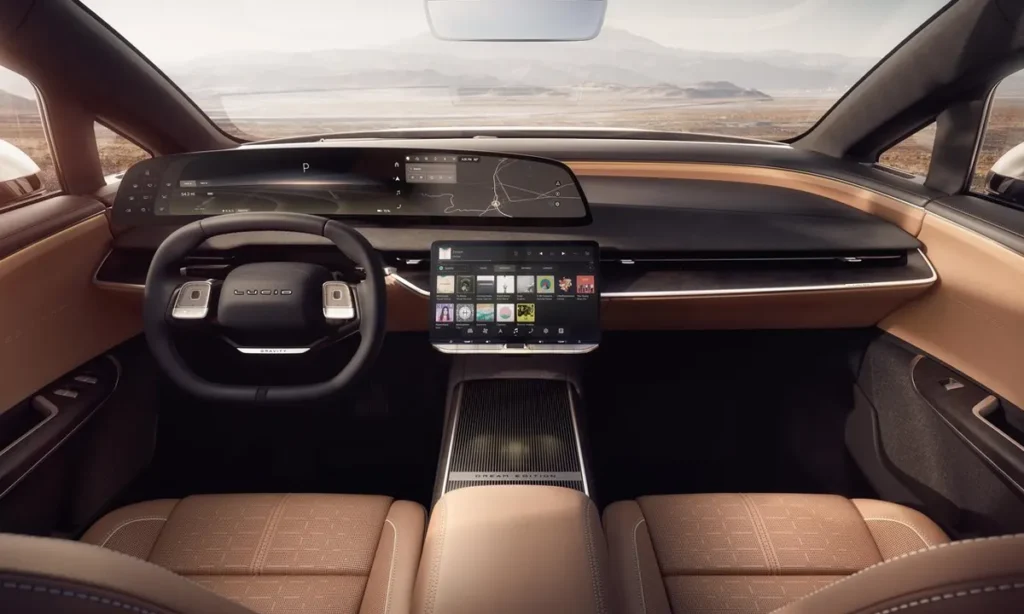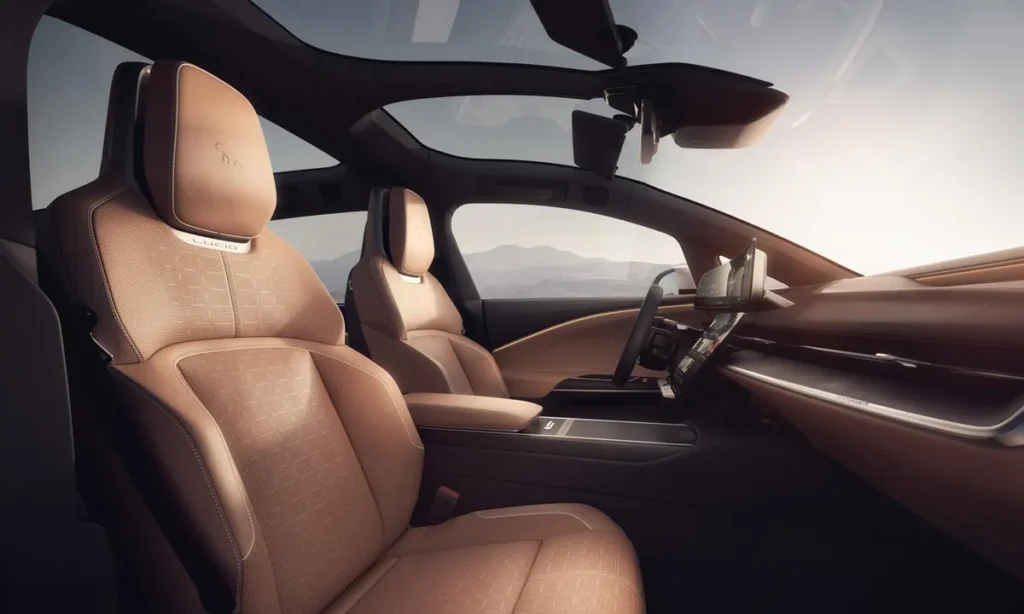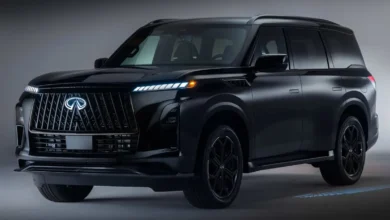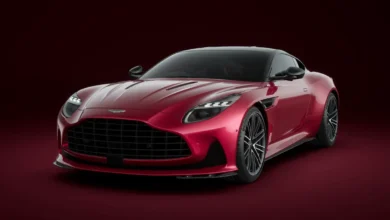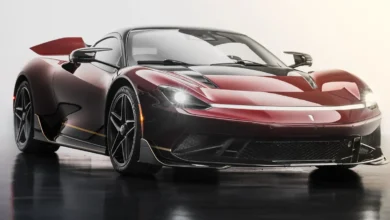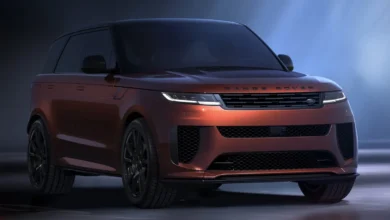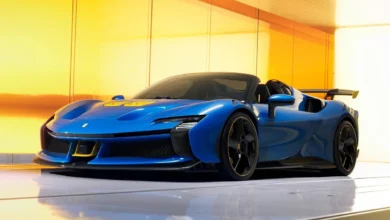Lucid Gravity Robotaxis Coming to Uber in 2026: A New Era of Luxury Autonomous Rides
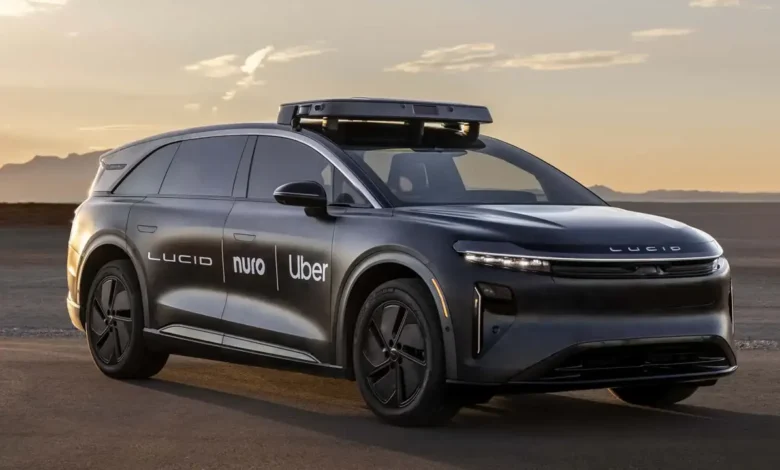
The Future of Urban Mobility: The world of transportation is rapidly evolving, and 2026 is shaping up to be a transformative year. Lucid Motors, best known for its high-performance luxury EVs, is entering a groundbreaking partnership with Uber to deploy autonomous robotaxis. The vehicle at the center of this innovation is the Lucid Gravity, a sleek electric SUV that blends opulence with cutting-edge technology.
Uber has long been at the forefront of ride-hailing evolution, and with the integration of Lucid’s self-driving vehicles, it’s aiming to completely redefine urban mobility. This collaboration is set to shake up both the electric vehicle (EV) industry and the autonomous driving landscape, creating a new benchmark for robotaxis.
Slides: Lucid Gravity Robotaxis
Lucid Motors and Uber: A Strategic Alliance
Lucid Motors isn’t just another luxury EV brand. It has consistently delivered groundbreaking innovation in battery efficiency, performance, and design. By adding more space, adaptability, and now autonomous capabilities, the Lucid Gravity SUV elevates the already popular Lucid Air sedan to a new level.
Uber’s partnership with Lucid is part of a larger plan to diversify its fleet by adding more upscale, intelligent, and clean options. The Gravity robotaxis are expected to begin operations in select U.S. cities in 2026, following rigorous pilot testing.
This partnership enables Uber to offer Level 4 autonomous rides, removing the need for human drivers in designated urban environments. This marks a massive leap from previous hybrid-human trials seen in the past decade.
Lucid Gravity: A Technological Marvel
Luxury Meets Autonomy:
The Lucid Gravity isn’t your average SUV. It’s designed to deliver a luxurious experience while housing some of the most advanced driverless technology on the market. With a futuristic aesthetic and intuitive cabin design, the Gravity positions itself as a top-tier ride experience for Uber’s premium customers.
Its interiors are expected to offer reclining seats, infotainment systems, and a noise-cancellation setup that transforms every ride into a premium, relaxing journey. In autonomous mode, passengers can work, watch content, or rest—making commuting productive or restful.
Autonomous Hardware and Software:
Equipped with LiDAR, radar, ultrasonic sensors, and a sophisticated AI neural network, the Lucid Gravity is built for safety and precision. It can navigate complex city scenarios, read pedestrian behavior, and communicate with traffic systems in real-time. The vehicle will also come with over-the-air (OTA) updates, ensuring its software remains current without manual intervention.
Benefits for Riders and Cities
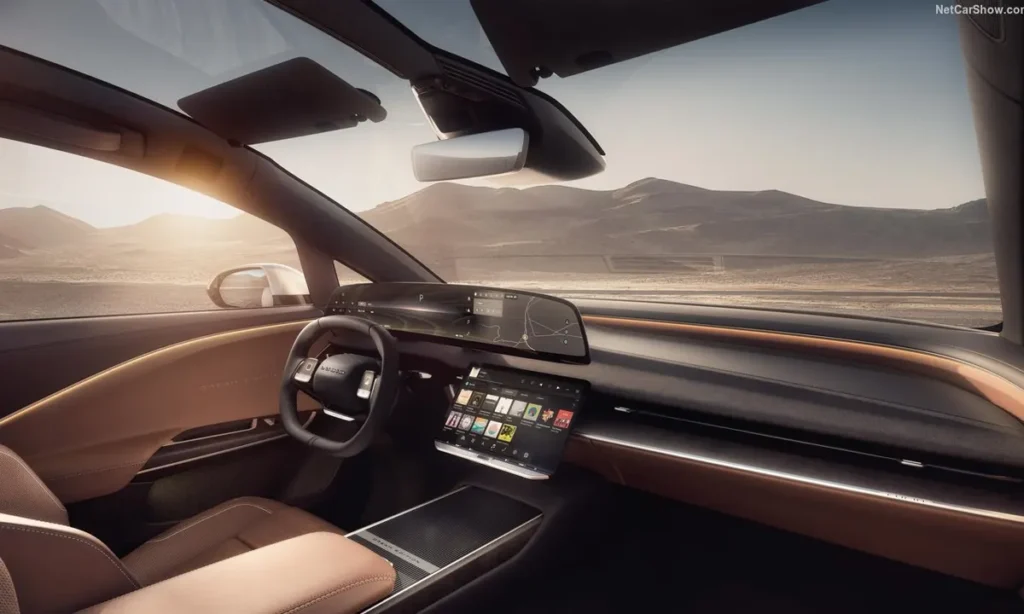
Clean and Green Urban Transportation:
One of the standout features of this project is its eco-conscious nature. All Lucid Gravity robotaxis are fully electric and produce zero tailpipe emissions. As Uber pledges to become a fully electric platform by 2030, this initiative directly supports its environmental goals.
By reducing the number of privately owned vehicles on the road and offering cleaner alternatives, cities can expect less congestion, lower emissions, and quieter streets.
Enhanced Safety and Accessibility:
The primary cause of road accidents, human mistake, is intended to be lessened by autonomous cars. Lucid Gravity robotaxis can maintain safe distances, obey traffic laws, and react faster than human drivers. Moreover, these vehicles could offer better accessibility for people with disabilities or older adults by eliminating the need for a driver.
Market Positioning and Competition:
Waymo, Cruise, and Tesla have already established a strong presence in the competitive market that Lucid Gravity robotaxis is entering. However, Lucid is carving a niche by offering a luxury-first autonomous experience, setting it apart from the utilitarian focus of other services.
This makes Lucid-Uber’s offering ideal for business travelers, VIP commuters, and anyone willing to pay a premium for comfort and safety.
Rollout Plan and Geographic Focus:
Initial rollouts are expected in tech-savvy cities like San Francisco, Los Angeles, Austin, and possibly New York City, where both Uber usage and EV infrastructure are already mature. These cities also have regulatory frameworks in place that support autonomous testing and deployment.
After successful pilot programs, the service is likely to expand into international markets where urban congestion and demand for smart mobility are high.
Pricing Model and User Experience
While Uber hasn’t released an exact pricing model yet, industry experts predict that Gravity robotaxi rides will cost more than standard UberX rides, but less than Uber Black. This balances luxury with affordability, creating a sweet spot for professionals and eco-conscious consumers.
Booking a Lucid Gravity robotaxi will be as seamless as booking any Uber ride: select your pickup, choose “Lucid Robotaxi” from the list, and enjoy a premium self-driving experience. Riders will receive live updates, ETA, and real-time monitoring features directly in the app.
Industry Impacts and Future Predictions
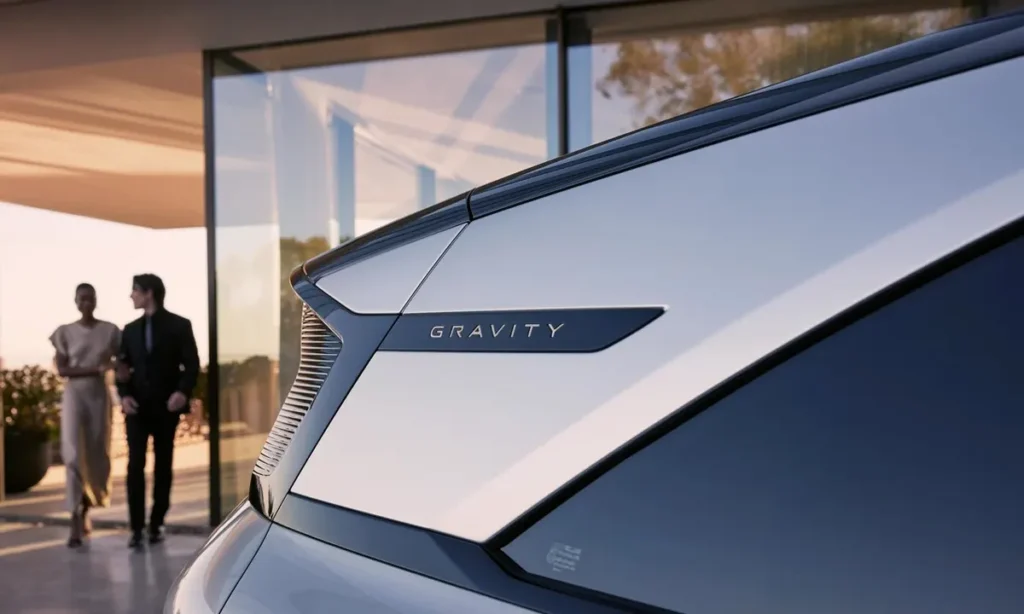
Impact on the Gig Economy
One question remains: what happens to Uber drivers? While Lucid Gravity robotaxis will operate autonomously, Uber insists that this move is part of a broader ecosystem, not a complete replacement. Human drivers will still be needed in rural areas, for long-distance trips, and for services requiring personal assistance. However, over time, driverless cars could dominate inner-city rides, especially during high-demand hours.
The Rise of Robotaxi Ecosystems
Lucid’s collaboration with Uber is just the beginning. Analysts foresee entire robotaxi fleets forming ecosystems where different carmakers and tech companies share infrastructure, data, and even ride volumes. This could create a more streamlined, efficient transport network that’s modular and scalable across cities.
Read: Top 3 Electric Vehicles That Deliver Impressive Range in Extreme Heat
Projected Growth of Robotaxi Market
Here’s a look at the projected market growth:
| Year | Global Robotaxi Market (USD Billion) | % Growth YoY |
| 2023 | $2.2 | – |
| 2024 | $4.1 | +86.4% |
| 2025 | $7.5 | +82.9% |
| 2026 | $13.8 (Est.) | +84.0% |
| 2027 | $24.5 (Est.) | +77.5% |
Source: Global EV & Autonomous Mobility Research, 2024
The market is anticipated to expand at an exponential rate, as can be seen above. Lucid’s entry through Uber provides a timely and strategic edge.
Final Thoughts: The Dawn of Autonomous Luxury
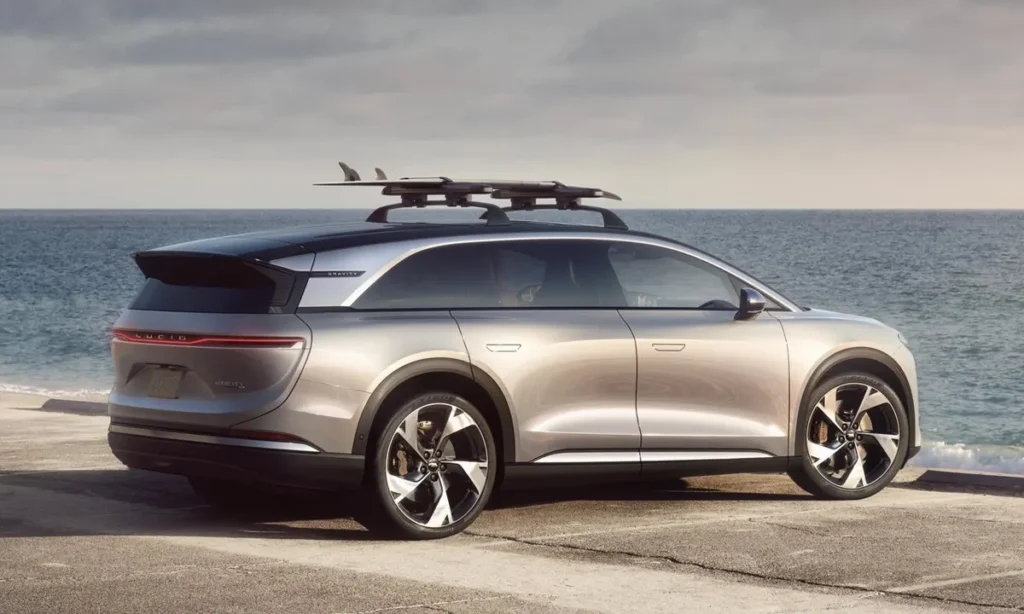
The arrival of Lucid Gravity robotaxis on the Uber app marks a monumental shift in how we view commuting. It’s not just about getting from point A to point B anymore; it’s about how we experience that journey—comfortably, safely, and sustainably.
With advanced AI, elegant design, and the backing of two forward-thinking companies, this initiative may redefine the standard for future urban mobility. Whether you’re a tech fanatic, environmentally concerned commuter, or just a luxury buff, 2026 might be the year you discover your new favorite vehicle.
Frequently Asked Questions (FAQs)
Q1: When will Lucid Gravity robotaxis be available on Uber?
A1: They are expected to roll out in early 2026 in select U.S. cities.
Q2: Are the Lucid Gravity robotaxis fully autonomous?
A2: Yes, Level 4 autonomy—the ability to function in some situations without a human driver—is anticipated.
Q3: How much will a ride cost?
A3: While official pricing hasn’t been released, it’s expected to fall between UberX and Uber Black pricing tiers.
Q4: Which cities will see the first rollout?
A4: Because of their EV infrastructure and governmental support, cities like San Francisco, Los Angeles, and Austin are probably good prospects.
Q5: Are these vehicles eco-friendly?
A5: Yes, all Lucid Gravity robotaxis are fully electric and produce zero emissions.

